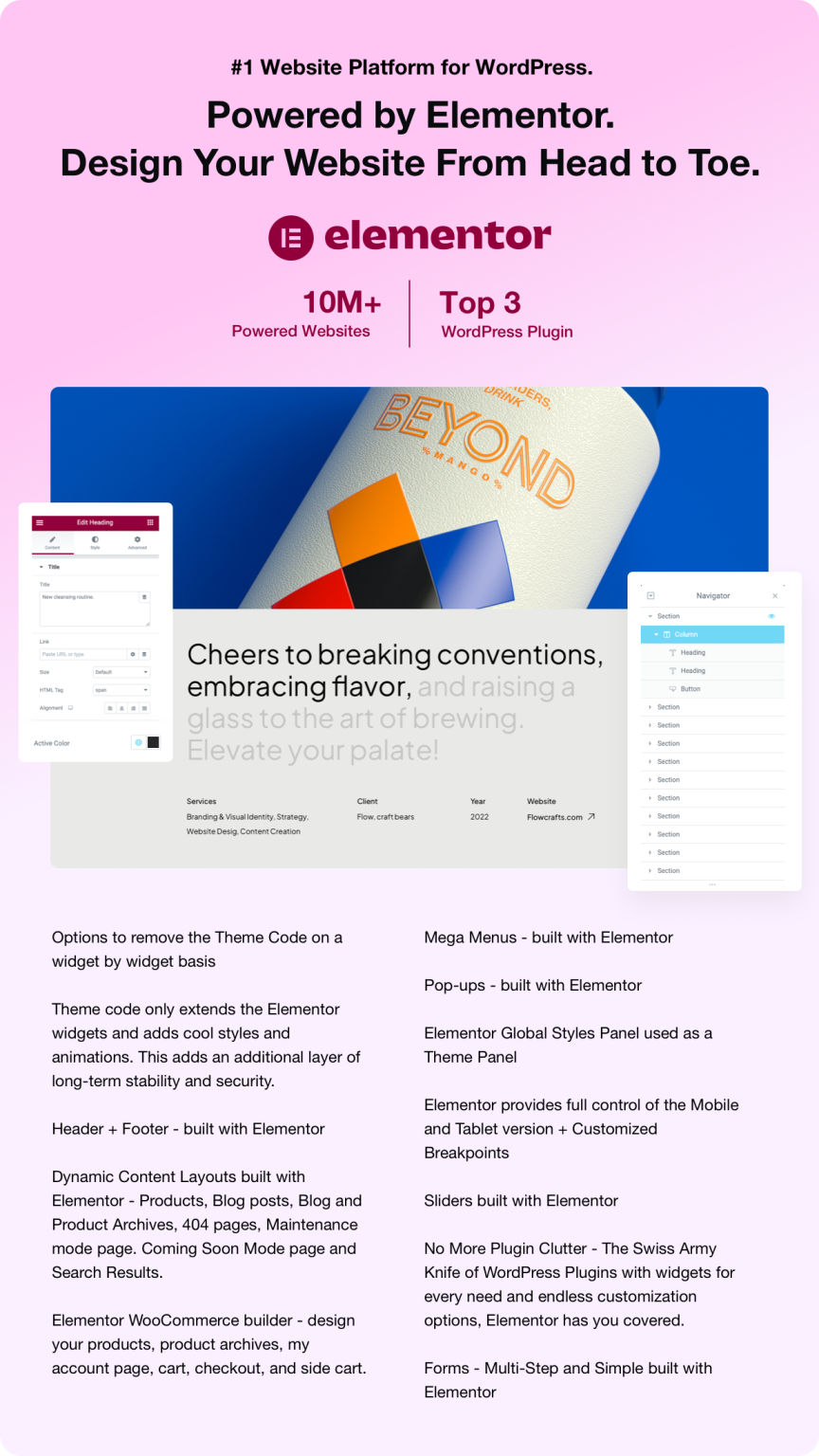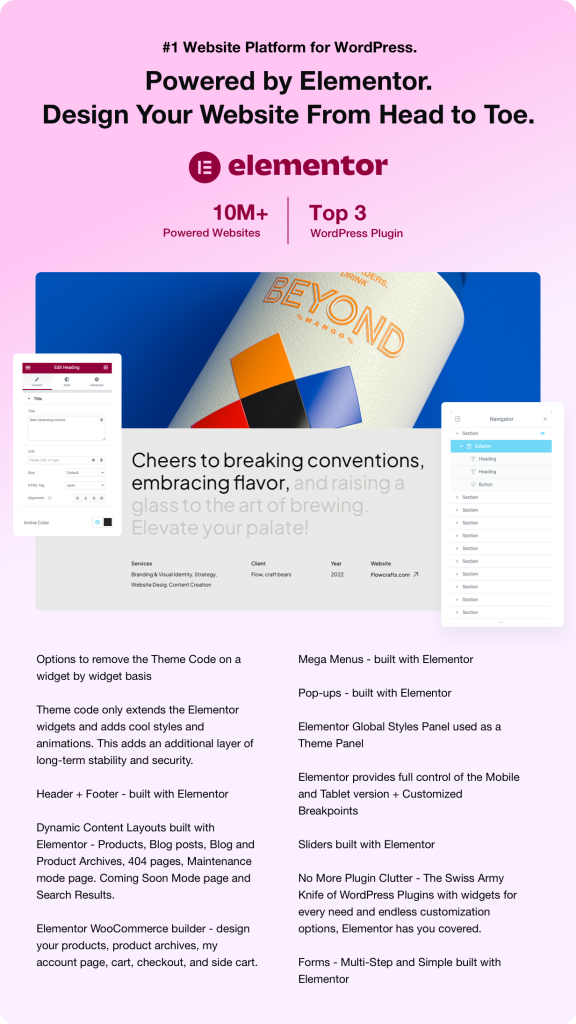In recent years, the technological landscape has witnessed a seismic shift towards automation, driven by advancements in artificial intelligence (AI) and machine learning (ML). One of the most significant trends emerging from this evolution is hyperautomation, particularly within the realm of AI Operating Systems (AIOS). This article explores the latest news and updates, trends, solutions, industry applications, and technical insights related to hyperautomation in AIOS and its implications for distributed AI-based systems.
.
### Understanding AIOS and Hyperautomation
AI Operating Systems (AIOS) serve as a foundational layer that integrates various AI technologies, enabling seamless interaction between different AI components and applications. These systems are designed to optimize the deployment, management, and scalability of AI solutions across diverse environments. Hyperautomation, on the other hand, refers to the use of advanced technologies, including AI, ML, robotic process automation (RPA), and other automation tools, to automate complex business processes beyond traditional automation capabilities.
.
The convergence of AIOS and hyperautomation has given rise to a new paradigm in business operations, where organizations can automate not only routine tasks but also intricate workflows that require cognitive capabilities. This integration enhances operational efficiency, reduces human error, and allows businesses to focus on strategic initiatives rather than mundane tasks.
.
### The Rise of Distributed AI-Based Systems
Distributed AI-based systems are designed to operate across multiple nodes or locations, leveraging the power of decentralized computing. These systems enable organizations to harness the collective intelligence of various AI models, data sources, and processing units, leading to more robust and scalable solutions. The synergy between hyperautomation and distributed AI systems allows for real-time data processing, improved decision-making, and enhanced responsiveness to changing market conditions.
.
Recent advancements in cloud computing, edge computing, and IoT have accelerated the adoption of distributed AI systems. Organizations can now deploy AI models closer to the data source, reducing latency and improving the speed of insights. This shift is particularly beneficial for industries such as manufacturing, healthcare, and finance, where timely decision-making is crucial.
.
### Trends Driving Hyperautomation in AIOS
Several key trends are shaping the future of hyperautomation within AIOS:
1. **Integration of AI and RPA**: The combination of AI and RPA is becoming increasingly prevalent. Organizations are leveraging AI to enhance the capabilities of RPA tools, enabling them to handle more complex tasks that require cognitive functions, such as natural language processing (NLP) and image recognition.
2. **Low-Code and No-Code Platforms**: The rise of low-code and no-code development platforms is democratizing access to automation tools. Business users can create and deploy automation workflows without extensive programming knowledge, leading to faster implementation and greater agility.
3. **Data-Driven Decision Making**: Organizations are increasingly relying on data analytics to drive decision-making processes. Hyperautomation in AIOS facilitates the integration of data from various sources, enabling organizations to gain deeper insights and make informed decisions swiftly.
4. **Enhanced Security and Compliance**: As automation becomes more prevalent, the need for robust security and compliance measures is paramount. AIOS can incorporate advanced security protocols and compliance frameworks, ensuring that automated processes adhere to industry regulations.
.
### Industry Applications of Hyperautomation in AIOS
The applications of hyperautomation in AIOS span various industries, offering transformative benefits:
1. **Healthcare**: In the healthcare sector, hyperautomation can streamline patient management, enhance diagnostic accuracy, and optimize resource allocation. AIOS can integrate data from electronic health records (EHRs), wearables, and diagnostic tools, enabling healthcare providers to deliver personalized care efficiently.
2. **Manufacturing**: Hyperautomation in manufacturing can lead to significant improvements in production efficiency and quality control. AIOS can monitor equipment performance, predict maintenance needs, and automate supply chain processes, resulting in reduced downtime and increased productivity.
3. **Finance**: The financial services industry is leveraging hyperautomation to enhance customer experiences, streamline compliance processes, and improve risk management. AIOS can analyze vast amounts of financial data in real-time, enabling organizations to detect fraud, assess credit risk, and personalize financial products.
4. **Retail**: In retail, hyperautomation can optimize inventory management, enhance customer engagement, and improve supply chain efficiency. AIOS can analyze customer behavior data, predict demand trends, and automate order fulfillment processes, leading to a more responsive retail environment.
.
### Technical Insights into Hyperautomation in AIOS
To fully leverage the potential of hyperautomation in AIOS, organizations must consider several technical insights:
1. **Interoperability**: Ensuring that different AI components and automation tools can communicate effectively is crucial. Organizations should adopt standards and protocols that facilitate interoperability, enabling seamless integration of various technologies.
2. **Scalability**: As organizations grow, their automation needs will evolve. AIOS should be designed with scalability in mind, allowing for the easy addition of new AI models, data sources, and automation workflows without significant reconfiguration.
3. **Real-Time Processing**: The ability to process data in real-time is essential for effective hyperautomation. Organizations should invest in technologies that enable real-time data ingestion, processing, and analysis, ensuring that automated workflows can respond swiftly to changing conditions.
4. **Continuous Learning**: Hyperautomation should be viewed as an ongoing process rather than a one-time implementation. AIOS should incorporate mechanisms for continuous learning and improvement, allowing automated systems to adapt to new data and evolving business requirements.
.
### Industry Use Case: A Case Study in Hyperautomation
To illustrate the practical implications of hyperautomation in AIOS, consider the case of a global manufacturing company that implemented a hyperautomation strategy to enhance its production processes.
The company faced challenges related to equipment downtime, inefficient supply chain management, and inconsistent product quality. By adopting an AIOS framework, the organization integrated various AI models to monitor equipment performance, predict maintenance needs, and automate quality control processes.
The results were remarkable. The company achieved a 30% reduction in equipment downtime, improved production efficiency by 25%, and enhanced product quality through automated quality checks. The integration of real-time data analytics allowed the organization to respond swiftly to supply chain disruptions, ensuring that production schedules remained on track.
.
### Conclusion
Hyperautomation in AIOS is transforming the way organizations operate, enabling them to automate complex processes and leverage distributed AI-based systems effectively. As businesses continue to embrace this paradigm shift, they will unlock new levels of efficiency, agility, and innovation. By understanding the trends, applications, and technical insights associated with hyperautomation, organizations can position themselves for success in an increasingly automated future.
.
### Sources
1. Gartner, “Hyperautomation: The Next Step in Digital Transformation,” 2023.
2. Forrester Research, “The Future of AI Operating Systems,” 2023.
3. McKinsey & Company, “The Impact of Hyperautomation on Business Processes,” 2023.
4. Deloitte Insights, “Distributed AI Systems: Opportunities and Challenges,” 2023.
By embracing hyperautomation in AIOS, organizations can not only streamline their operations but also foster a culture of innovation, positioning themselves as leaders in their respective industries.




















